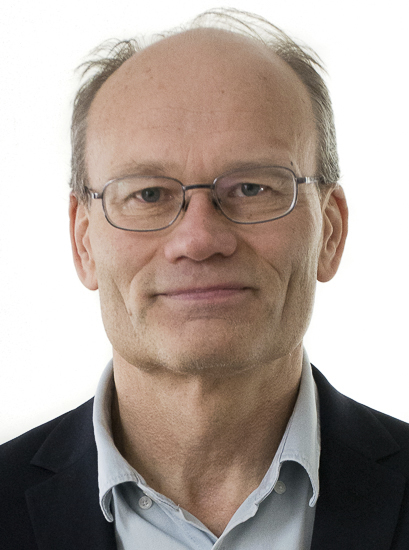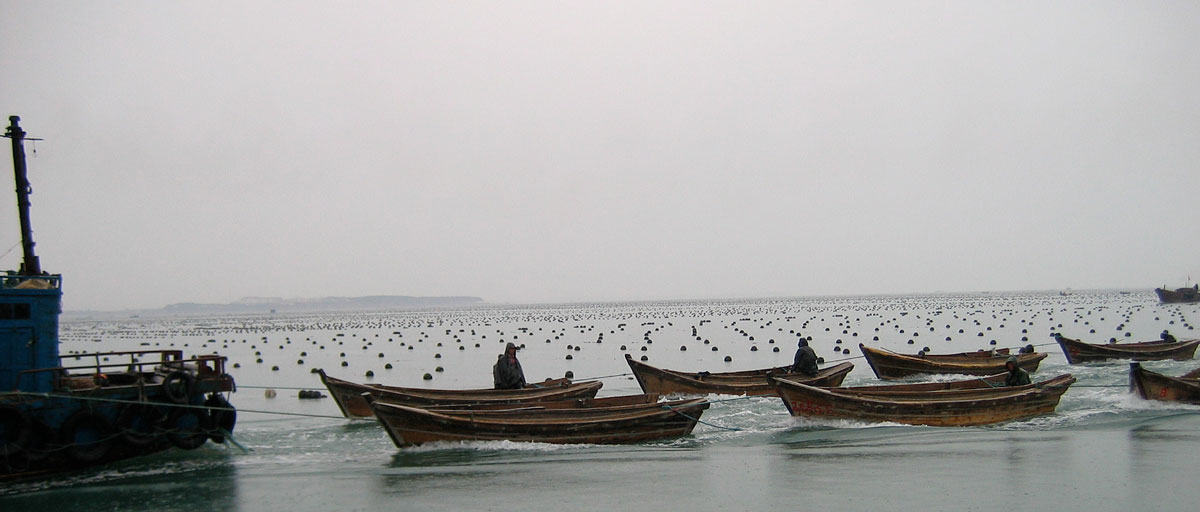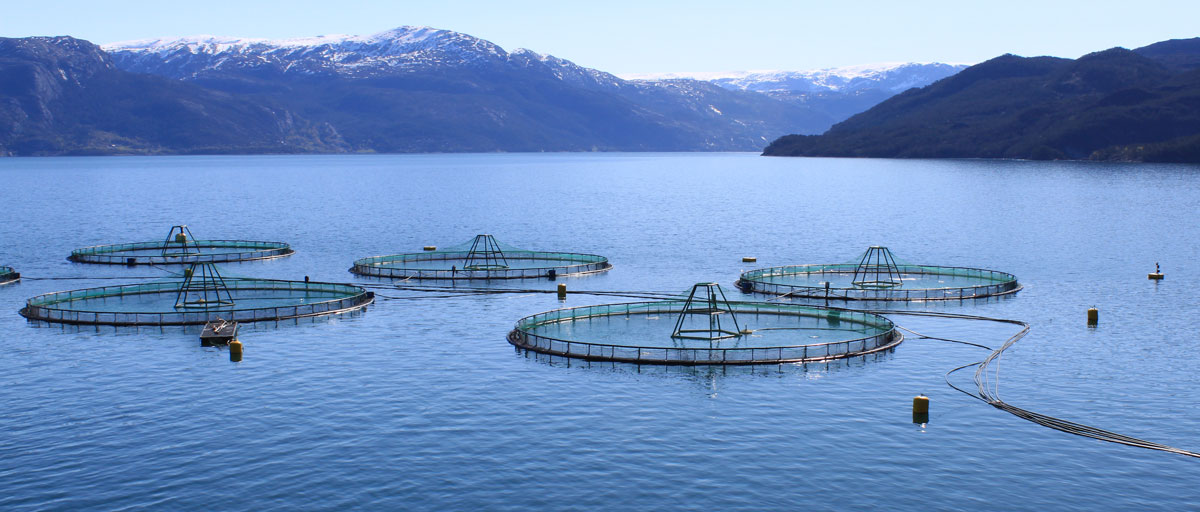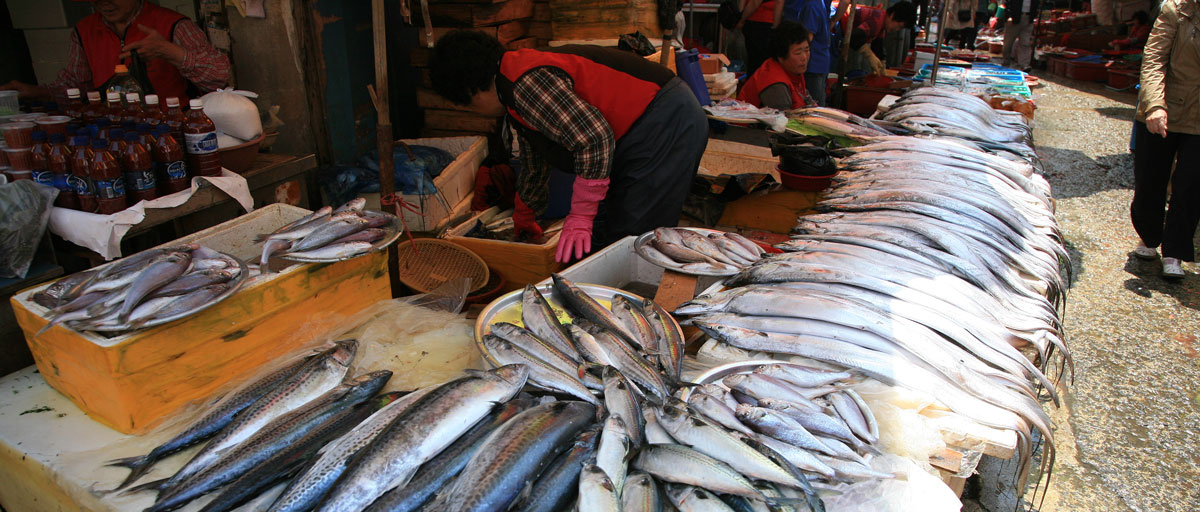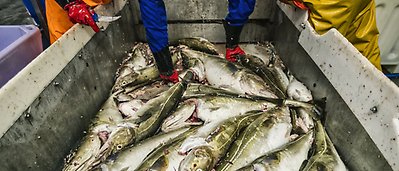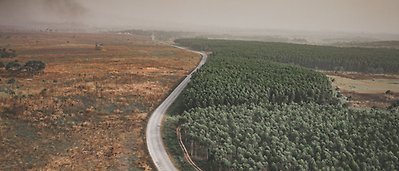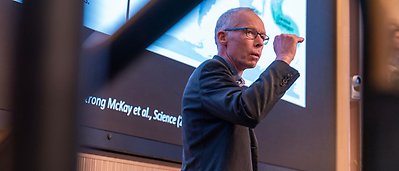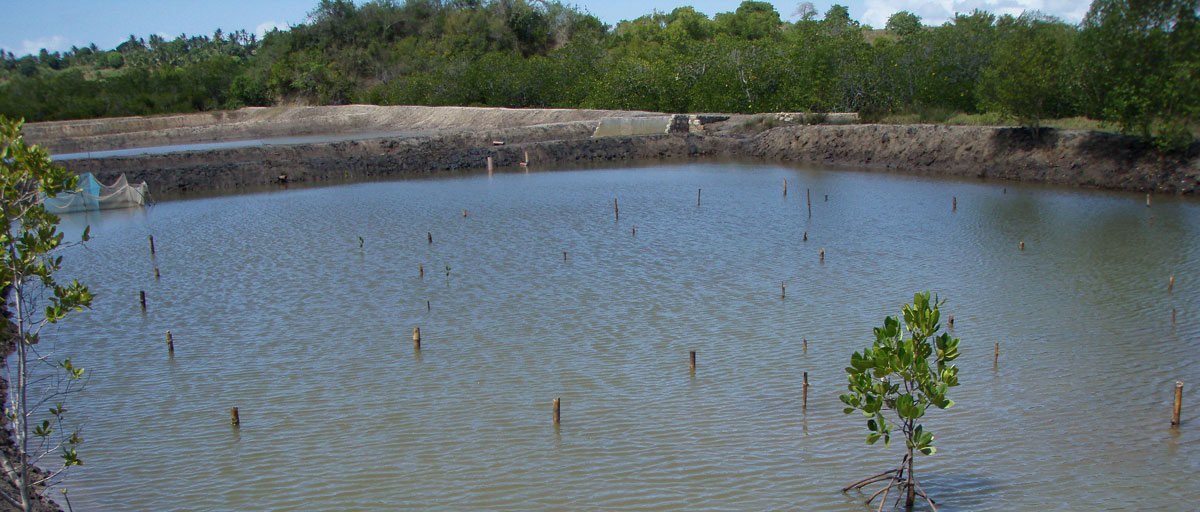
A new report from the Australian Centre for International Agriculture Research proposes a framework for equitable mariculture development in the Western Indian Ocean. Photo: M. Troell/Azote
Bildtext får vara max två rader text. Hela texten ska högerjusteras om den bara ska innehålla fotobyline! Photo: B. Christensen/Azote
MARICULTURE
Should we farm fish here?
Mariculture, a type of aquaculture in the oceans, has gained popularity in the West Indian Ocean. Can it be made fair and equitable?
- New report co-authored by the centre highlights a diagnostic framework that community residents, managers, and planners could use when considering mariculture development
- Diagnostic framework outlines six outcomes that each mariculture operation should be working to achieve
- Equity and benefit sharing among all stakeholders is what underlines the basis of this diagnostic framework, in support of the Sustainable Development Goals
Mariculture, a type of aquaculture where marine organisms are cultivated in open ocean or brackish waters, is thought to contribute to “blue growth” for the sustainable development of island and coastal states in the West Indian Ocean. Small-scale community-based mariculture projects have increasingly gained popularity and attention from governments, the private sector, social entrepreneurs, as well as conservation and development agencies.
While mariculture has had a positive impact when it comes to supporting local livelihoods, many questions still remain when it comes to its development impact and scalability. A new report, co-authored by centre researcher Max Troell, outlines a diagnostic framework that is designed to assist decision-making for assessment and planning around sustainable and equitable mariculture.
The report, published by the Australian Centre for International Agriculture Research follows a regional stakeholder workshop held in Zanzibar, Republic of Tanzania. Participants at the workshop develop a set of principles for what equitable mariculture ought to stand for. From these principles the workshop defined six outcome areas with associated diagnostic questions to help guide planning and decision-making.
This report draws on lessons from decades of mariculture initiatives to support and guide an industry with practice that better aligns with national stakeholder aspirations for equitable growth and the Sustainable Development Goals
Max Troell, co-author
The science around frameworks for diagnosis and planning is growing and provides an intersection between science and practice, explains lead author and WorldFish senior scientist Hampus Eriksson. “Our aim was to provide a framework that help view mariculture enterprises through the lens of equity.”
Mariculture as an equitable approach
Livelihoods through mariculture farming mainly come from commodity species, meaning they are often meant for an international market with high market prices instead of local consumption. The report points out that effective implementation of mariculture in the West Indian Ocean has potential for creation of new local employment and livelihood opportunities for coastal and island communities.
However, the report also highlights that mariculture must operate sustainably and based on equitable sharing of the benefits. This means being in line with the Sustainable Development Goals (SDG). Cecile Brugere, a co-author of the study explains, “’Benefit sharing’ is both a way of thinking and a practical process to distribute the monetary and non-monetary benefits of resource utilization across the economy and its stakeholders, generating broad-based growth and progress towards social equity outcomes.” She also points out that benefit sharing is in line SDGs, and moves away from ‘business as usual’ economic development.
To help decide if a potential mariculture operation would be equitable and sustainable, the authors developed a diagnostic framework that outlines aspirational outcomes – a benchmark of what each mariculture initiative should aim to achieve.
The diagnostic framework
The framework is broken down into six outcomes:
1. Space – mariculture area will be located maintains environment and supports livelihoods
2. Habitats – use coastal habitats that support ecosystem services
3. Biosecurity – functional integrity of ecosystem is not compromised
4. Incomes and livelihoods – livelihood opportunities and benefits for community residents
5. Economic growth – financially viable and promotes socially responsible national growth
6. Gender and youth – equitable access to opportunities and benefits
Under each outcome there is a diagnostic question, and criteria to answer that question, which tests if a potential mariculture operation would be able to achieve the outcome. If the answer is no, then the framework also provides guidance on what actions should be taken to achieve the outcome.
For example, in outcome three, biosecurity, the diagnostic question is: “Will there be negligible risk of mariculture introducing invasive species or pathogens that could undermine current or future livelihoods?”. The framework then provides a number of steps to finding the answer. In this case, one example of a step is to “Check compliance with legislation on the introduction and management of non-indigenous species.” Finally, the framework provides suggestions if the answer is “no” or unknown. In the case of the biosecurity outcome, it advises that the mariculture must comply with better management and legislation.
While this tool can help decide if mariculture is the right option in that area, Troell warns that it is not failsafe. “It is important to note that this diagnostic framework will not solve all the potential problems or capture all the opportunities that may come with mariculture development, but it will help guide and structure how to carry out assessments of such activities.”
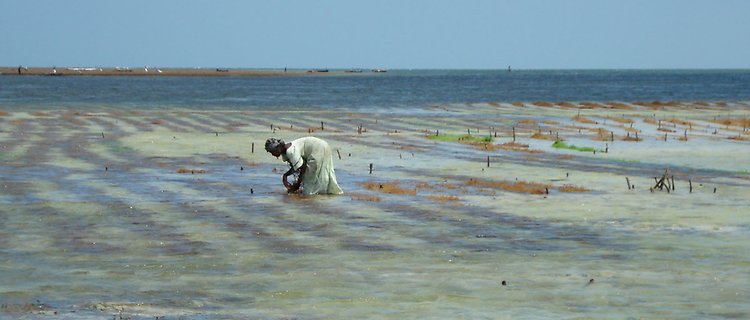
Photo: M. Troell
Future mariculture outcomes
In the final section of the report, the authors highlight that “Monitoring and evaluation of mariculture initiatives is important for accountability, and to build an evidence base to track how outcomes are achieved and may change in time.” Here they outline indicators that mariculture managers and governmental organizations can use to determine if each outcome from the diagnostic is being met.
While the diagnostic framework developed by Troell and his colleagues will assist in the evaluation and implementation of mariculture initiatives, meeting the six outcomes will require persistence over time. “The six outcomes that this framework centres on represent long-term challenges for future mariculture initiatives to overcome. Monitoring and evaluating mariculture initiatives is important to facilitate learning, for example, to guide policy and build better mariculture programs.”
Finally, the authors hope that by working with their diagnostic framework, coastal and island communities can become a more equitable place, and that these efforts will help in working towards the SDGs.
Eriksson H., Troell M., Brugere C., Chadag M., Phillips M., and Andrew, N. 2018. A diagnostic framework for equitable mariculture development in the Western Indian Ocean. Australian Centre for International Agricultural Research: Canberra, ACT. 36 pp.
Max Troell is a system ecologist mainly working with environmental problems associated with aquaculture. This work focuses on inter-linkages between aquaculture and fisheries, on different spatial scales.
